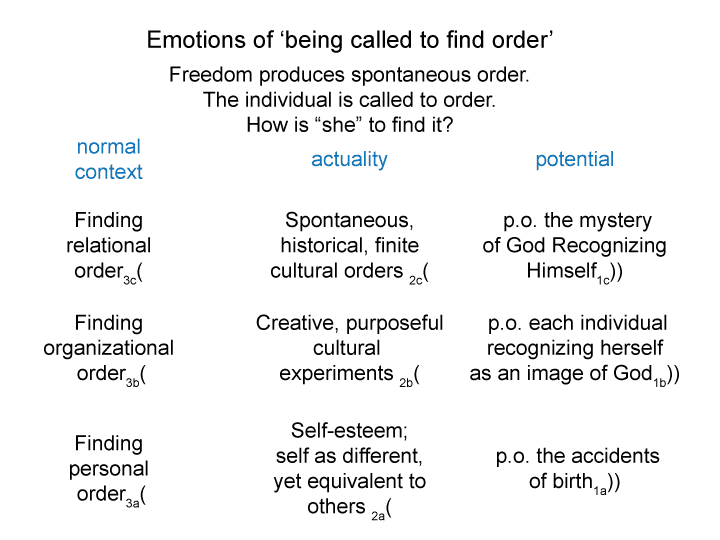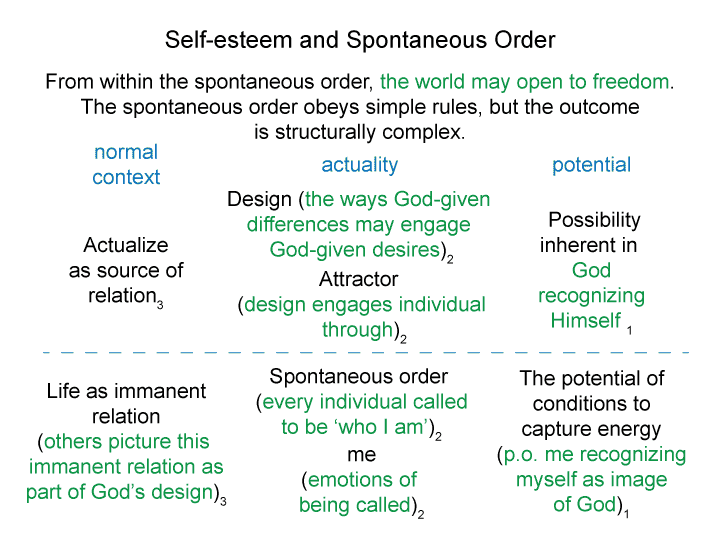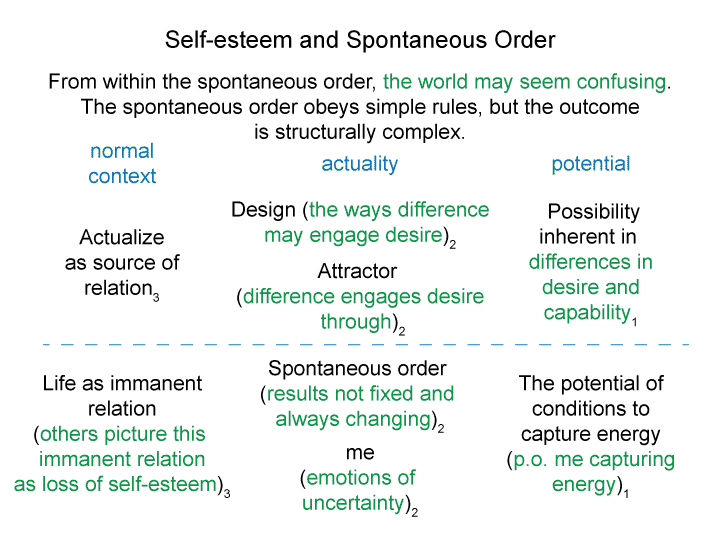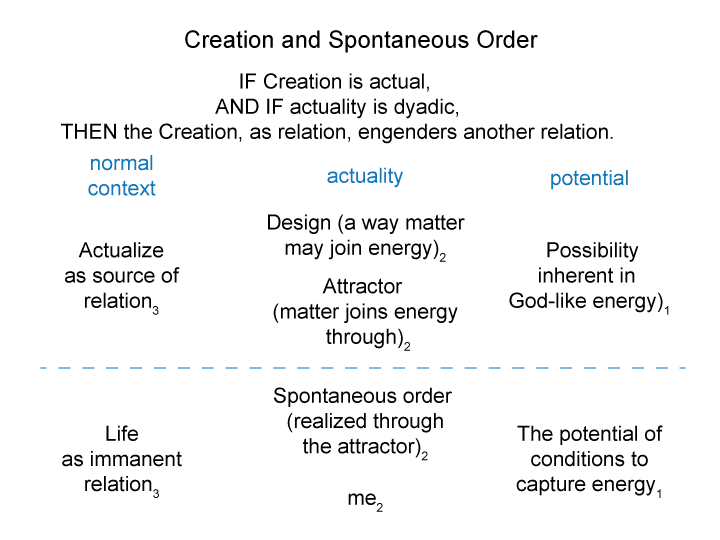Man and Sin by Piet Schoonenberg (1964) 2.1CR
Summary of text [comment] pages 67 and 68
[When ‘I recognize myself as an image of God’, I glimpse God’s Omnipotence.
Sanctifying grace is an interpellation by the Holy Spirit.
Sanctifying grace cleanses ‘my lack of self-esteem’.
‘The realization of my own self-esteem through the image of God’ inspires me to join various organizations. These institutions strive to address the material limitations of other children of God. They have an objectorganization to give. The objectorg is a gift, not a demand. The objectorg offers a trade, not a tax.
This striving grows the entire spontaneous order.
In that growth, I feel the amazing mystery of God.]




